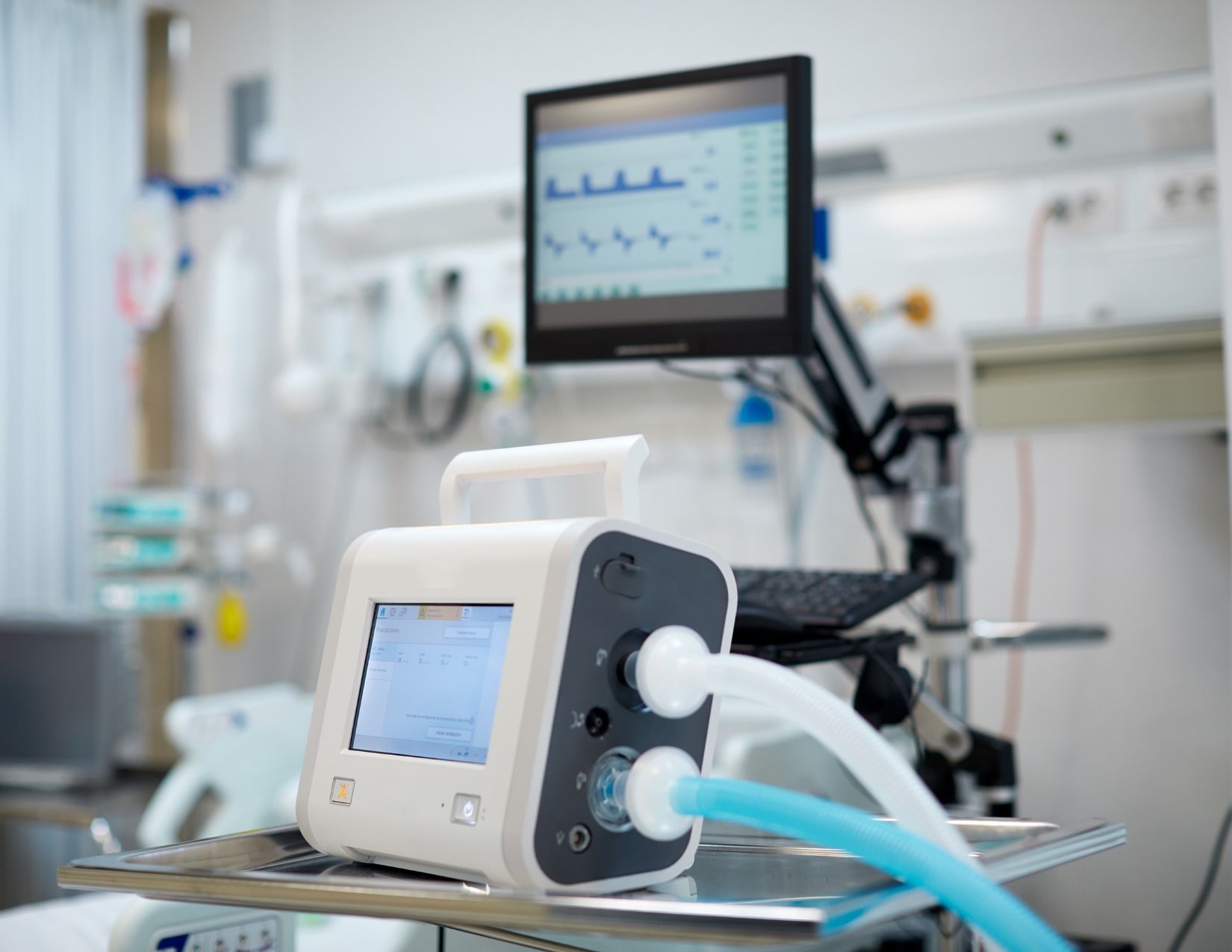
Mergers and Acquisitions in the pharmaceutical field have undergone several changes which influenced practice and market behavior. This article elaborates on an in-depth analysis of market research, detailing M&A activities in the pharmaceutical sector.
The research probed the motivations, historical evolution, key players, regulatory challenges, and ensuing impact that these activities have on drug pricing and accessibility. With focus on the current carefully guided industry trends and a future outlook, a full perspective of the intricate developments M&A is experiencing in the pharmaceutical domain will be available to stakeholders. Such insightful analysis may provide stakeholders with an understanding of how to drive through the constantly changing dynamics within the industry.
1. Evolution of M&A in Pharma
1.1 Background History
One may advocate different reasons considering the history of the pharmaceutical industry and its mergers and purchases. In the middle of the 20 century, money-saving and research improvement were the reasons for companies to merge. Later, the accent shifted to buying other companies for entering new markets, acquiring new technologies, and finding skilled workers.
1.2 New Trends
In the 21st century, large pharmaceutical companies have become so much different: they now pay attention to small biotech companies. This has made larger pharmaceutical companies look for the innovative potential of these agile groups. More importantly, this current trend in M&A activities has strong linkage with globalization, changes in technology, and the regulatory environment. All these factors collectively indicate a strategic shift for the pharmaceutical industry wherein the use of the agility and innovative capabilities of the biotech startups has become important in the overall context set by global pressures and changes in regulation.
2. Strategic Rationale for Pharma M&A
2.1 Innovation and R&D Synerg
Pharmaceutical firms frequently pursue mergers and acquisitions for the purpose of enhancing their particular research and development capabilities. They intend to ramp up the process of drug discovery and development by acquiring companies that possess related skills. These collaborations encourage innovation and make the merged company stronger in terms of competition.
Pharmaceutical companies working together with various skills can better handle the complicated process of creating the drugs, in order to stay strong and active in the ever-evolving healthcare field.
2.2 Market Access and Expansion
The quest for dominance in the global markets is forcing pharmaceutical firms into M&A to achieve strategic access and market expansion. Companies already established in the market for certain regions enable quick, effortless entry and scale up into those markets without expelling much time and effort in creating a foothold independently.
3. Key Companies and Major M&A Deals
3.1 Big Pharma Consolidation
Indeed, big industry players do make a mark on the landscape of pharmaceutical M&A. Consolidation among the big pharmaceutical corporations has become the trend, characterized by mega-deals. Notable transactions include Pfizer's acquisition of Wyeth and Takeda's acquisition of Shire, which truly show the scale and impact of such strategic moves.
3.2 Start of Biotech Startups
Biotech startups have become important in the field of buying and selling pharmaceutical companies. It is these startups that big pharmaceuticals seek to buy largely due to new ideas and new technologies. This trend shows that the industry is more willing to find the flexibility and creativity often associated with smaller, research-oriented companies.
4. Regulatory Issues and Trade Opportunities
4.1 Antitrust Examination
The pharmaceutical industry has a high degree of regulation, and M&A undergoes intensive scrutiny with regard to antitrust. Regulatory control over these deals is important in the validation of the business merger not ending up with a market monopoly that may hurt the interest of consumers. For example are the scrutiny of the Bristol Myers Squibb-Celgene merging cases. \Collections.
4.2 Opportunities for Collaboration
However, the regulatory challenges are often matched by opportunities for companies to work with regulators in new ways. In some cases, regulation may be simplified due to a merger, and new innovative frameworks can be developed for business to grow and be compliant.
5. The Price and Availability of Drugs
5.1 Pricing Dynamics
Pharmaceutical mergers and acquisitions can greatly affect how drug prices change. After a merger, companies might change their pricing plans to increase profits and recover the money spent on the purchase. This can affect healthcare systems, insurance companies, and, in the end, patients who may face changes in how affordable and accessible their medications are.
5.2 Accessing Medicines in Developing Countries
This, therefore, underscores the international character of pharmaceutical mergers and acquisitions in relation to access to drugs by the people in the developing world. Its business interests should be seen to coincide with the profit motive and responsibility to ensure that much-needed medicines are available to the people who need them. Programs and plans to maintain or enhance access to drugs in underserved areas clearly demonstrate commitments to being socially responsible.
6. Future Outlook and Emerging Trends
6.1 Integration of Digital Health
The use of digital health technologies could play a crucial role in the future course of buying and merging in the pharmaceutical industry.
Companies have been increasingly noticing the utility of digital solutions in patient care, remote monitoring, and data-driven decision-making. Buying and merging activity involving digital health components would allow a company to take the lead in healthcare innovation.
6.2 Sustainability and ESG Factors :
ESG stands for the environment, social, and governance. In the pharmaceutical sector, these are increasingly focused upon. Targets toward sustainability, ethical business practice, and society are expected to shape future mergers and acquisitions. Companies integrating an ESG perspective in decisions would also help society and improve their brand image.
Conclusion
The pharmaceutical industry is greatly affected by ongoing mergers and acquisitions, showing a constant mix of new ideas, smart market moves, and rules. Stakeholders must stay alert, needing to understand the reasons, current trends, and important effects that come from M&A activities. Navigating through the pharmaceutical market is complex and always changing. Industries are dynamic, and the future presents, along with major challenges, opportunities for companies involved in pharmaceutical mergers and acquisitions. To manage this complex situation, a careful balance is necessary that tries to look for new ideas and, at the same time, follows the rules, helping all the people involved adapt to the forces changing in the pharmaceutical industry.
Trending Posts

Global Silver Nanoparticles Market
The global silver nanoparticles market was valued at $2.08 billion in 2020, and is projected to reach $4.1 billion by 2027, growing at a CAGR of ~17%

LNG Bunkering – Here is something you must know!
In the current scenario of growing pollution, companies are trying to adapt more and more sustainable approach that not only gives eco-friendly result

The Basic Pension Comes - Federal Cabinet Decides On the Pension Supplement
Financial security in old age is an issue that is causing stomach pains for more and more people in Germany. Low-wage earners fear the elderly. The ba

The Future of Artificial Intelligence
In recent years, the field of artificial intelligence (AI) has witnessed unprecedented growth and transformative advancements. As AI technologies

Sailing into the future with Autonomous Ships
Autonomous Vehicles (AVs) are the uproar of this era. After airways, thanks to the companies like Tesla, that people are now getting used to see drive

Rising Demand For Uninterrupted Power Supply Is Expected To Drive The Power Rental Market
Todays world is totally reliant on electric power. There are many things which are not manageable without electricity. Power rental is a concept where

Rapidly growing IT industry coupled with the trend of bringing your own device (BYOD) is expected to provide new opportunities for growth of Cloud Collaboration
Cloud collaboration is the process of sharing and co-authoring the computer-based work through cloud technology

Factcheck on UV Disinfection for COVID-19
Many regulatory authorities and bodies believe that UV disinfection technologies can play a role in a multiple barrier approach to reducing the transm

The Global Ventilator Market Grows at a CAGR of 7.75 %
The Global Ventilator Market, which was at $688 million in the year 2016, is about to double by the year 2025, and reach a value of $1,347 million. Th

Vaccination: Vaccination Against Measles is Now Mandatory in Germany
The subject of compulsory vaccination has always heated peoples minds and caused emotionally charged discussions. The latest law in this area - the ob
Recent Posts

Growth and Future Trends of the Global In-Line UV-Vis Spectroscopy Market
In-line UV-Vis spectroscopy is a powerful analytical tool widely adopted in various industries for real-time monitoring of chemical and biological processes. This market is experiencing robust growth due to its applications in pharmaceutical.

Understanding the Growth Dynamics of the Premium Luggage Market
The market for premium luggage has grown massively over the years. This is attributed to several factors, including a change in consumer preference, increase in disposable incomes, and an overall rise in international travel.

Global Potassium Sorbate Market: Growth and Forecast
The Global Potassium Sorbate Market has gained significant traction due to the rising demand for preservatives across various industries, especially in food and beverages. Potassium sorbate, a salt of sorbic acid.

Global Venturi Masks Market Growth and Forecast
Venturi masks, also known as air-entrainment masks, play a crucial role in delivering a precise oxygen concentration to patients, particularly those suffering from chronic respiratory conditions such as COPD (Chronic Obstructive Pulmonary Disease).

Global Venous Thromboembolism (VTE) Therapeutics Market: Overview, Growth, and Forecast
Venous thromboembolism (VTE) is a critical medical condition including deep vein thrombosis and pulmonary embolism. In fact, it is one of the preventable causes of death in the hospital environment. It has experienced a substantial upsurge.

Global Vein Illumination Device Market: Growth and Forecast
The global vein illumination device market is experiencing significant growth, Due to a growing demand for minimally invasive procedures and an increase in chronic diseases, not to mention development in medical technology.

Global Vasculitis Treatment Market: Growth and Forecast
Vasculitis represents a group of disorders involving inflammation of blood vessels. It can affect parts of the body such as the skin, kidneys, lungs, and joints, and without proper treatment it may cause severe morbidity.

Global Fired Heaters Market: Growth and Forecast
The global market for fired heaters is growing at a rapid pace due to increased demand from major industries such as the oil & gas, chemical, and petrochemical sectors. Fired heaters are among the most crucial components of process heating systems.

Global Gas Flares Market Growth and Forecast
The growth in oil and gas production, environmental regulations, and a need for an effective waste gas management system are driving the global gas flares market. Gas flares are a crucial equipment in the oil and gas industry.

Global Steam Reformers Market: Growth, Trends, and Forecast
The steam reformers market is witnessing significant growth due to increased demand for hydrogen in industries like chemicals, refining, and fertilizers.
